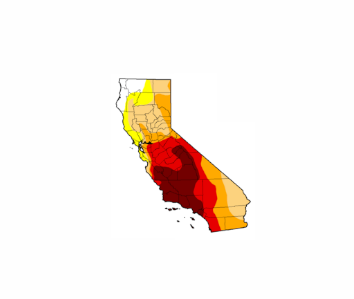Science Source
Scenarios for future wildfire risk in California: links between changing demography, land use, climate, and wildfire
- Develops over 21,000 future California residential wildfire risk scenarios on a monthly 1/8° grid, using statistical wildfire models
- Explores interactions between two global emissions scenarios, three climate models, six spatially explicit population growth scenarios derived from two growth models, and a range of parameters defining properties’ vulnerability to loss
- Evaluates scenarios over two future time periods relative to historic baselines
- Explores effects of spatial resolutions for calculating household exposure to wildfire on changes in estimated future property losses
- Aims to understand what parameters are important for robustly characterizing effects of climate and growth on future residential property risks
- Finds that by the end of the century, variation across development scenarios accounts for far more variability in statewide residential wildfire risks than does variation across climate scenarios; however, the most extreme increases in residential fire risks result from combining high-growth/high-sprawl scenarios with the most extreme climates considered here
- States that case studies for the Bay Area and the Sierra foothills demonstrate that, while land use decisions profoundly influence future residential wildfire risks, effects of diverse growth and land use strategies vary greatly around the state
Related Content
Science Source
| Philosophical Transactions of the Royal Society B
Increasing western US forest wildfire activity: sensitivity to changes in the timing of spring
Anthony LeRoy Westerling
Science Source
| The American Naturalist
Mountain pine beetle develops an unprecedented summer generation in response to climate warming
Mitton JB, Ferrenberg SM
Science Source
| Canadian Journal of Forest Research
Forest mortality in high-elevation whitebark pine (Pinus albicaulis) forests of eastern California, USA; influence of environmental context, bark beetles, climatic water deficit, and warming
Millar, Constance I., Westfall et al
Real Time Data

May 18, 2016 | The National Drought Mitigation Center
California Drought Monitor


